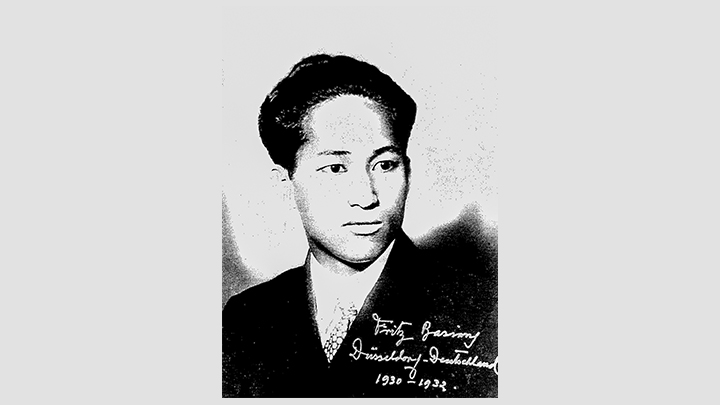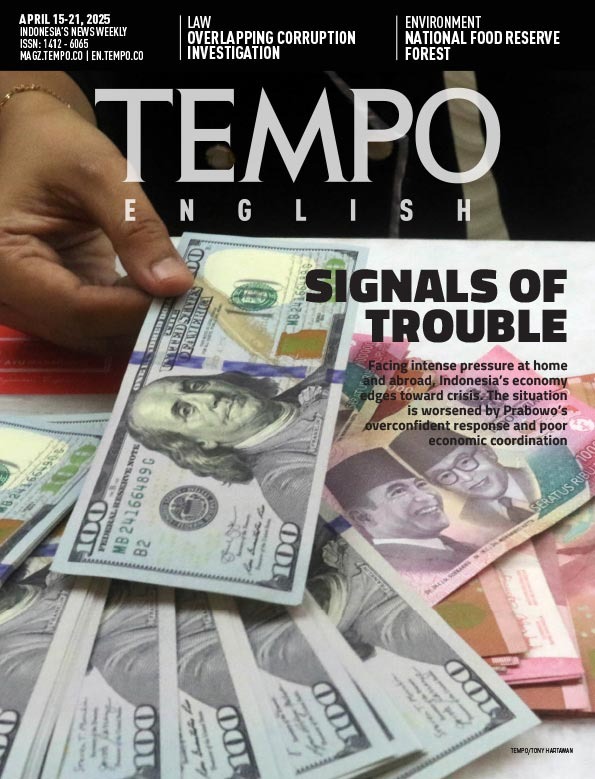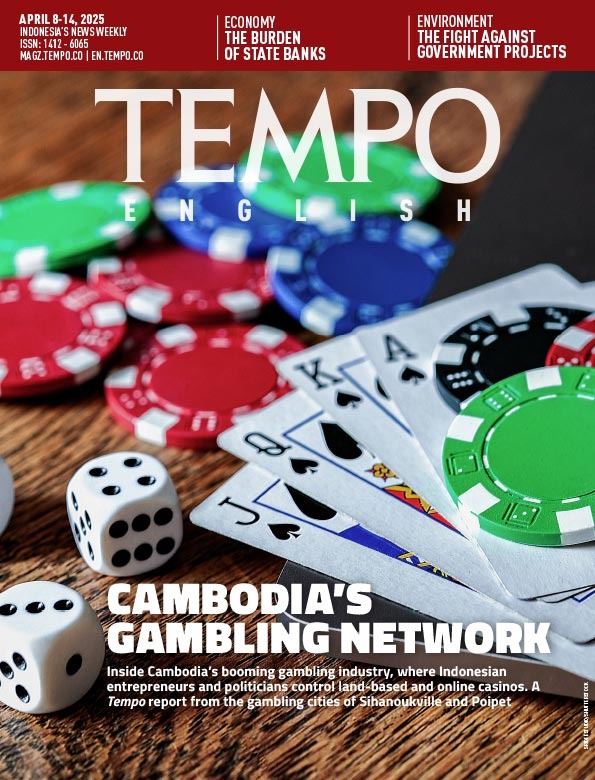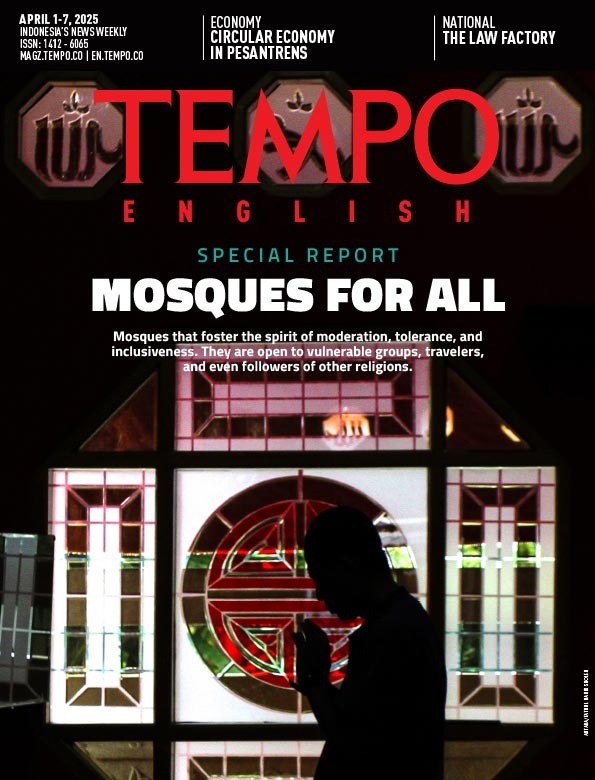1918-1919: Spreading Like Brush Fire
Tuesday, May 19, 2020
arsip tempo : 174534000369.

FRITZ Basiang was 13 years old when many people in his village of Saluputti, Tana Toraja, South Sulawesi, suddenly died in a very short time. Illness spread in those highlands, but no doctors were there to take care of the sick. “We had just buried someone in the morning, but by noon another person had died. After that burial, somebody else had died in the afternoon,” Basiang said in A Toraja Pilgrimage: The Life of Fritz Basiang, wri
...
Subscribe to continue reading.
We craft news with stories.
 For the benefits of subscribing to Digital Tempo, See More
For the benefits of subscribing to Digital Tempo, See More








